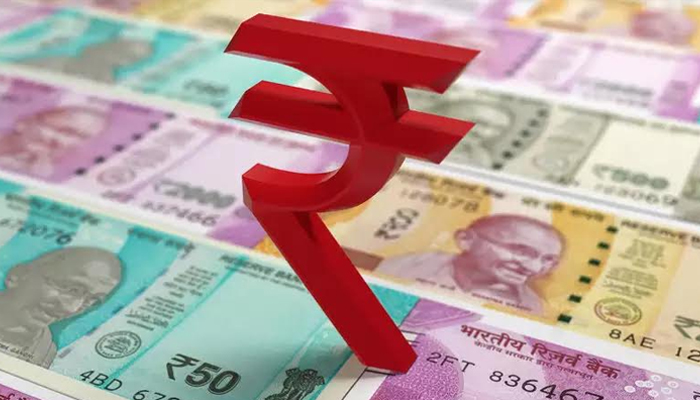The World Bank has downwardly revised its projection for India’s economic growth rate to 6 per cent for 2019-20. However, the economy is expected to gradually recover to 6.9 per cent in 2021 and 7.2 per cent in 2022, the bank said in its latest edition of the South Asia Economic Focus. The report is released ahead of the annual meeting of the bank with IMF.
In the first quarter of 2019-20, the Indian economy experienced a significant and broad-based growth deceleration with a sharp decline in private consumption on the demand side and the weakening of growth in both industry and services on the supply side, the report said.
Reflecting on the below-trend economic momentum and persistently low food prices, the headline inflation averaged 3.4 per cent in 2018-19 and remained well below the RBI’s mid-range target of 4 per cent in the first half of 2019-2020. This allowed the RBI to ease monetary policy via a cumulative 135 basis point cut in the repo rate since January 2019 and shift the policy stance from neutral to accommodative, it said.
The World Bank report also noted that India’s current account deficit (CAD) had widened to 2.1 per cent of the GDP in 2018-19 from 1.8 per cent a year before, mostly reflecting a deteriorating trade balance. The Indian rupee initially lost ground against the USD (12.1 per cent depreciation between March and October 2018), but it appreciated by about seven per cent up to March 2019, the report said.
The report said disruptions brought about by the introduction of the GST and demonetisation, combined with the stress in the rural economy and a high youth unemployment rate in urban areas may have heightened the risks for the poorest households. The significant slowdown in the first quarter of the fiscal year and high frequency indicators, thereafter, suggested that the output growth would not exceed 6 per cent for the full fiscal year, the bank said.
The report said the consumption was likely to remain depressed due to slow growth in rural income, domestic demand (as reflected in a sharp drop in sales of automobiles) and credit from non-banking financial companies (NBFCs). However, the investment would benefit from the recent cut in effective corporate tax rate for domestic companies in the medium term, but also will continue to reflect financial sector weaknesses, the report said.
“Growth is expected to gradually recover to 6.9 per cent in 2020-21 and 7.2 per cent in 2021-22 as the cycle bottoms-out, rural demand benefits from effects of income support schemes, investment responds to tax incentives and credit growth resumes. However, exports growth is expected to remain modest, as trade wars and slow global growth depresses external demand,” the report said.











